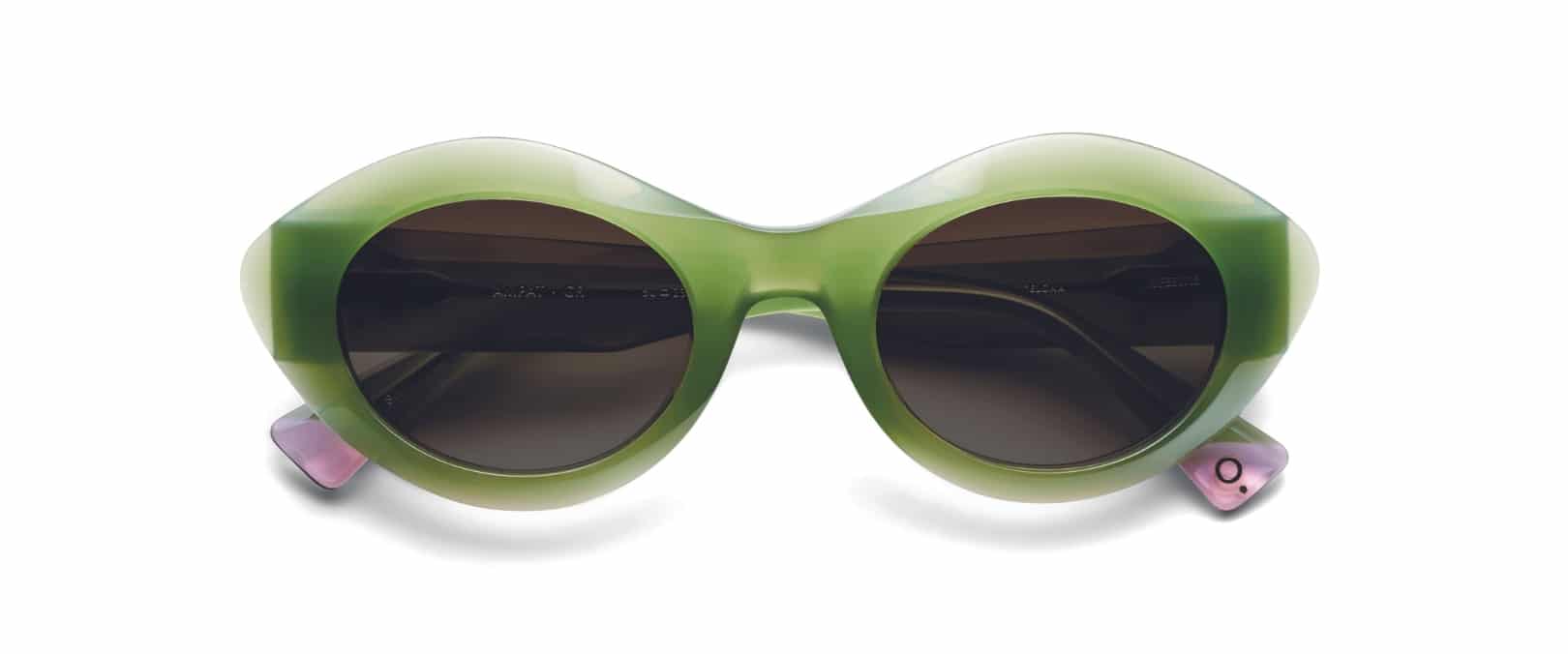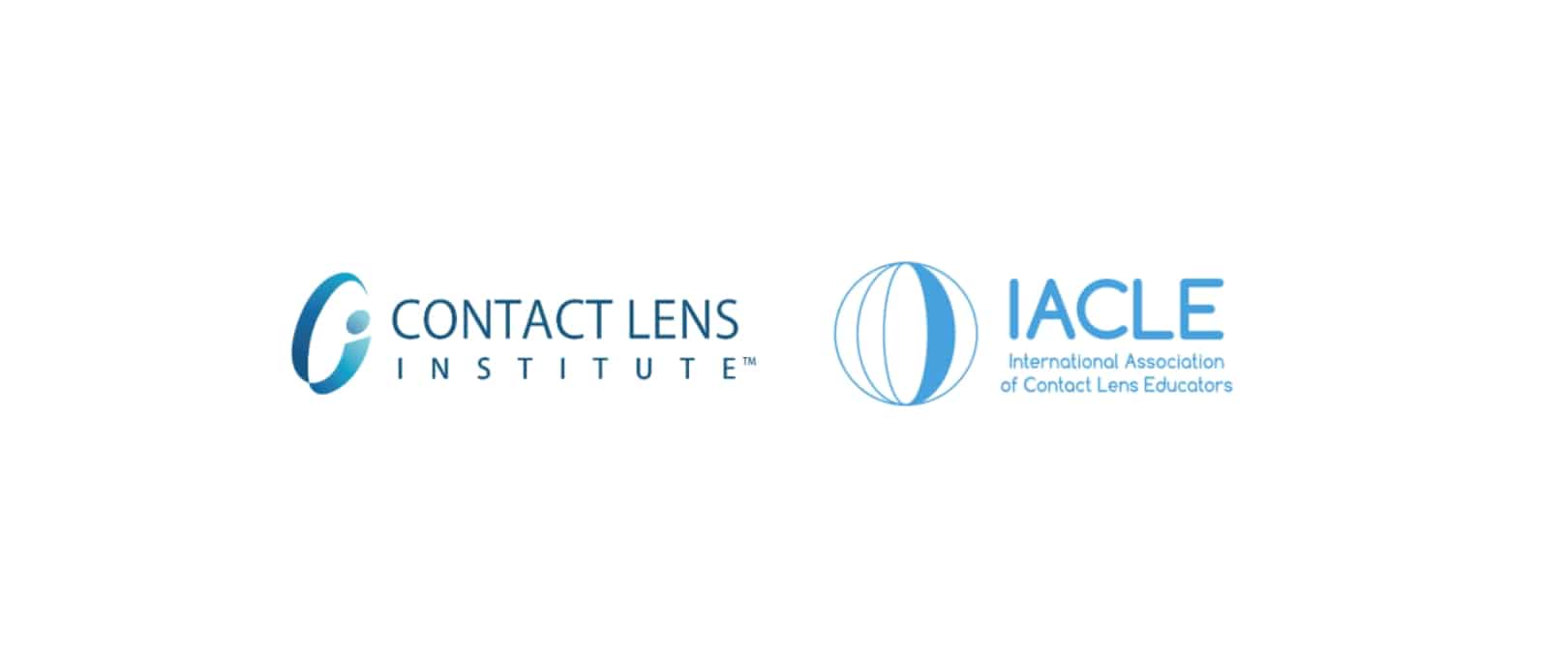Visual health not yet taken seriously among Canadians
Monday, September 18 2017 | 00 h 00 min | News, Press Release
Montreal, QC—There is still much work to be done to help Canadians understand visual health risks and the importance of prevention, before consequences become irreversible. These are the findings of a discussion paper on Canadians and the risks to their visual health, published by Essilor Canada. Based on an omnibus survey conducted by Ipsos among 1,200 Canadians and the comments of two experts in optometry, this document provides a summary of their knowledge and understanding of the risks to Canadian’s visual health and their behaviours when confronted with visual health issues. It also offers recommendations for Canadians to actively manage their visual health, as well as suggestions for all stakeholders in the eye care industry to improve
education and prevention. The discussion paper can be consulted and downloaded HERE.
Generational Differences in Knowledge, Understanding and Attitudes Towards Risk Factors
While 41% of Canadians surveyed acknowledge they have a limited understanding of the risks to their visual health, there are discrepancies between generations. For example, a greater proportion of Millennials (aged 18 to 34) reported having a good knowledge of risk (65%) compared to the older generations (57% for 35–54 year-olds and 58% for those aged 55 and over).
The survey also measured the importance Canadians place in several external and behavioural risks factors. According to them, the two biggest external risk factors for visual health are exposure to UV rays on sunny or summer days and exposure to artificial UV radiation. These are considered very important for 65% and 63% of Canadians, respectively, compared to exposure to UV rays on overcast, rainy or winter days (39%), exposure to digital screens (35%) and exposure to artificial light sources (26%).
For respectively 66% and 55% of respondents, having uncorrected vision problems (such as blurry vision, nearsightedness or farsightedness) and driving while exposed to the blinding reflections of the sun are the most important behavioural risk factors, followed by wearing uncomfortable eyeglasses with twisted or misadjusted frames, or scratched lenses or inappropriate lenses impairing vision (44%), driving at night while exposed to blinding lights such as car headlights or traffic lights (40%), doing prolonged or meticulous tasks (34%), and working or engaging in activities at night or in the dark (31%).
Here again, generational differences are reflected in the emphasis on external and behavioural risk factors. Canadians over the age of 35 seem to be more aware of the risks associated with exposure to UV rays on sunny days than Millennials: 66% of those aged 35–54 and 74% of those aged 55 and over consider this risk very high, compared with only 55% for 18–34 year-olds.
Conversely, younger generations are more aware of the risks associated with exposure to digital screens, while only 29% of Canadians over 55 consider this risk problematic (36% of 18–34 year-olds and 40% of 35–54 year-olds).
As they are exposed to digital screens as part of their work and everyday life, Canadians aged 18 to 54 seem increasingly concerned about overexposure to harmful blue light.
Visual Health, a Precious but Misunderstood Capital
If Canadians rightly recognize natural and artificial UV rays as the main external risk factor, Dr. DiBerardino is surprised that these figures are not higher: “Despite the many media campaigns over the last few decades on this issue, 35% and 37% of the population, respectively, are still unaware of these risks… That’s a lot. I think Canadians understand well the harmfulness of UV rays to their skin through sunburns or, more seriously, melanomas, but they do not make a connection with the risks to their eyes.”
The study also sheds light on visual health issues faced by Canadians and their attitudes towards these: 85% of Canadians have experienced visual health problems in the past 12 months through itchy, teary or dry eyes (56%), eye strain (55%), difficulty seeing objects that are far (39%) or near (37%), and double vision (12%).
It appears in the study that Canadians are most sensitive to visual risks that cause pain or discomfort, but those are not necessarily the most dangerous for the eye. Indeed, there is a notable difference between the symptoms, their intensity and the risks. A lot of people are not aware of the silent risks, risks like UV overexposure which do not present painful symptoms, but can pose serious long-term threats.
On the other hand, while 85% of Canadians have experienced visual health issues in the past 12 months, only 57% have consulted an eyecare professional. Among the main reasons given for not consulting an optometrist, minimal discomfort and financial considerations (budget, insurance coverage) are the most frequent. These justifications are of particular concern to the eye care experts, who see this as a lack of education on the part of Canadians about the importance of preserving their visual health, which cannot be improved over the course of their lives.
Visual Health, a Secondary Priority Among Other Health Issues in Canada
Canadians often see the preservation of their visual health as a secondary priority, especially among younger generations, who are the most likely to have failed to consult an eyecare professional after experiencing a visual health issue.
However, all eye care experts are unanimous about the need to better prevent visual health risks before problems arise and to encourage regular eye examinations, especially for children, for whom vision is the main learning vector.
If Canadians are entitled to expect more from governments in terms of eyecare coverage, the eyecare experts believe that industry stakeholders should work together to develop concerted actions to raise awareness of the importance of eye health, and to educate Canadians on the way to prevent eye diseases, as well as correct and protect their vision.
Solutions can also be found in better collaboration with other healthcare professionals, particularly family doctors, who are often Canadians’ primary healthcare contact.
Click HERE for full press release.








